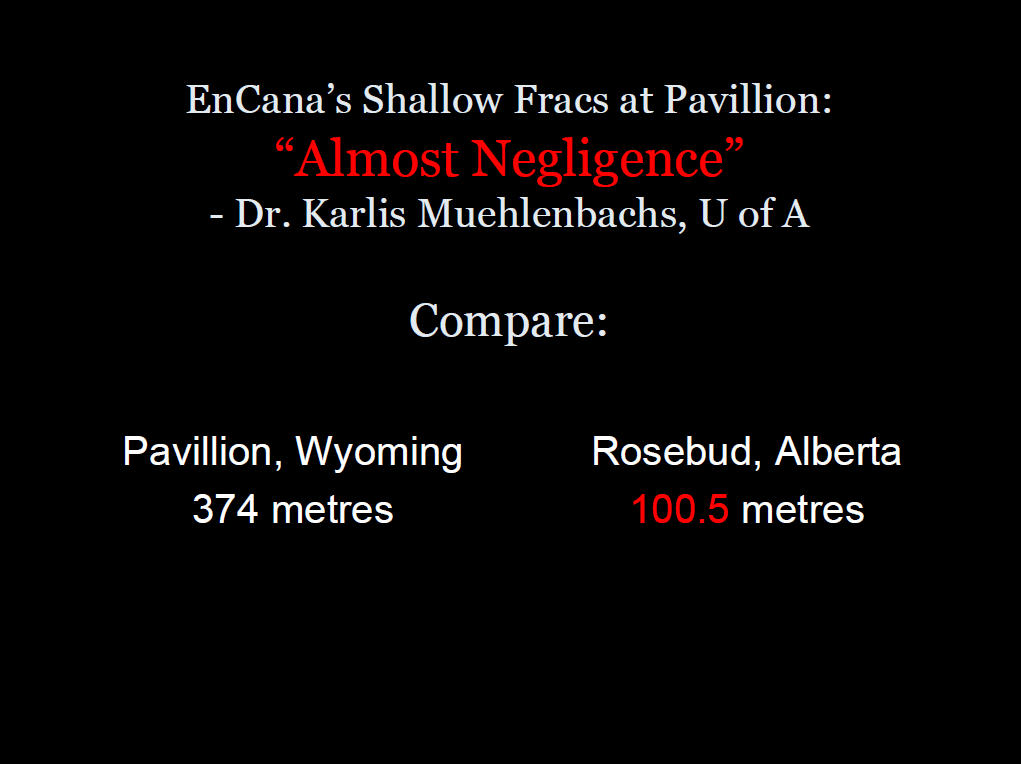The Entire Oil And Gas Industry Is Watching A Tiny Town In Wyoming by Rob Wile, October 3, 2012, Business Insider
Last week, the Environmental Protection Agency announced new USGS test results were consistent with its December tests that fracking likely contaminated groundwater there. Duke University Professor Rob Jackson has studied the effects of fracking in Pennsylvania and (when they were still active) New York. He’s also been closely following the Pavilion study.
“The industry likes to say there’s never been a case of fracking contaminating groundwater,” he told us by phone. “What made the EPA report so controversial is that they concluded that’s what happened.” In December, the EPA concluded the following about Pavilion’s water table: EPA’s analysis of samples taken from the Agency’s deep monitoring wells in the aquifer indicates detection of synthetic chemicals, like glycols and alcohols consistent with gas production and hydraulic fracturing fluids, benzene concentrations well above Safe Drinking Water Act standards and high methane levels.
Yesterday, the EPA found methane had leaked into a watertable in Dimock, Pennsylvania where drillers are tapping the Marcellus shale. But those results are less disturbing than Pavillion, Jackson said. The contamination in Dimock was most likely because of a crack in a pipe, something relatively easy to address. And the drilling that occurs in the Marcellus takes place thousands of feet below aquifers — unlike the situation potentially unfolding in Pavillion, where the drilling, which was performed by the company Encana, reaches less than 1,000 feet below the surface. “If it’s moved up into the rock, that’s a harder problem to fix than a poorly constructed pipe,” Jackson said. … Jackson believes whatever the outcome, fracking will be here to stay. But the results will significantly raise the stakes regardless. “It will still be controversial,” he said. “The take home message in Pavillion is, don’t frack a well so close to the surface.” [Emphasis added]
Restrict shale gas fracking to 600m from water supplies, says study and Fracking Aquifers
Source: Slide #164 in From Cape Town to the Yukon Presentation on September 22, 2012

